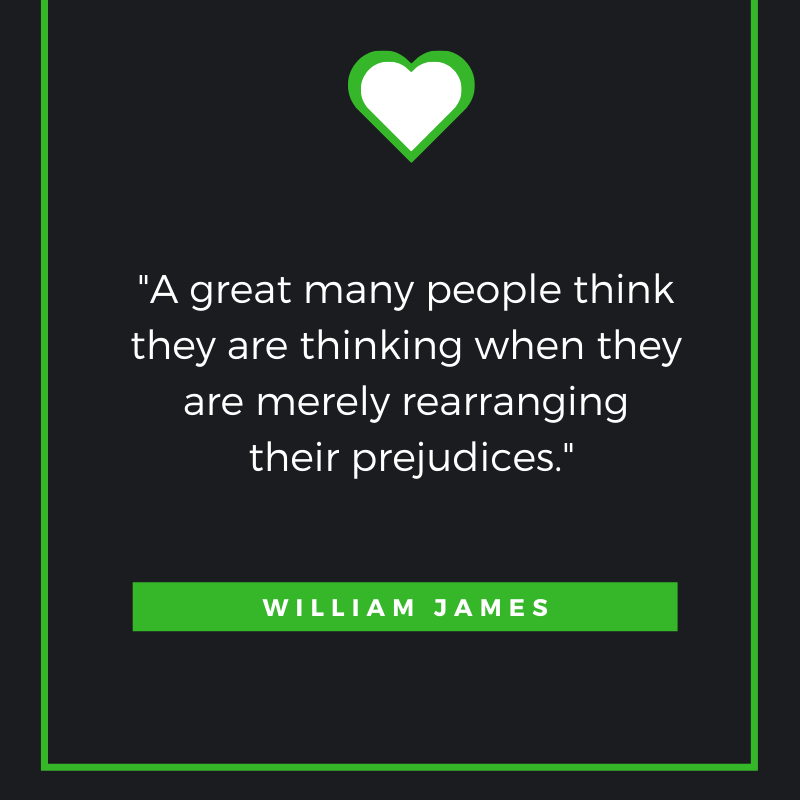
What does being a hammer feel like?
Well, obviously not a literal hammer, because then you wouldn’t be able to read this post. But a hammer in the sense that you approach every problem with the same attitude and mindset. Or said differently, if all you have is a hammer, everything looks like a nail.
Avoiding being or taking a hammer-like approach is all about avoiding your current cognitive biases and expanding your mental toolbox.
Cognitive biases can be helpful because they help you make sense of the world around you and make decisions quickly. Essentially a cognitive bias is when your brain says, “I’ve seen this before, so I know how to act.” But the downside to a cognitive bias is that you always tend to act and react the same way to a situation, and doing so doesn’t allow you to see other options. A cognitive bias can be an excellent mental shortcut, but it can also prevent you from seeing and experiencing different routes to a destination.
Adding or expanding your mental toolbox can be beneficial but also threatening to your identity because it requires you to question your current set of beliefs. And while your current set of mental tools has been sufficient to get you where you are today, will they allow you to experience future growth?
Clearly, there’s no requirement for you to grow beyond your current set of mental tools and if being a hammer is serving you well, then carry on. But if there’s any kind of change you want to make in your life, then adding to your mental toolbox is a must.
So, the decision is yours. Continue being a hammer and view every challenge and situation as a nail and experience similar results. Or change your approach and results by adding additional mental tools to your toolbox.
P.S. Thanks for reading! If you enjoyed it, please share it with one person you love.